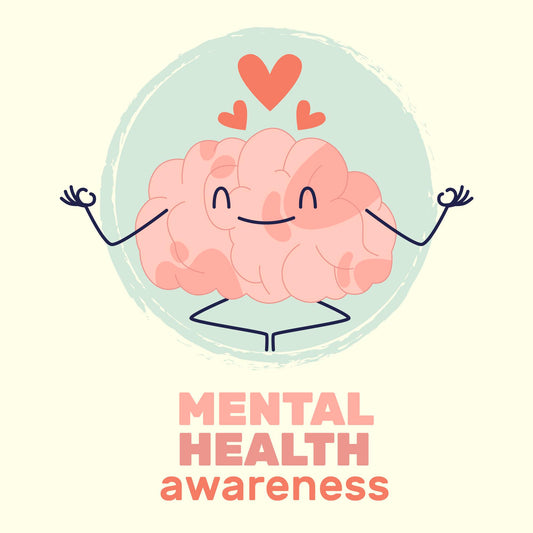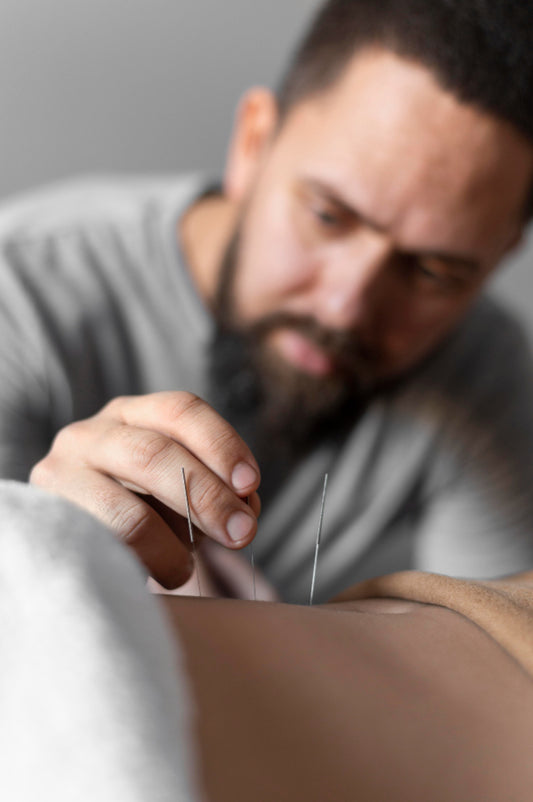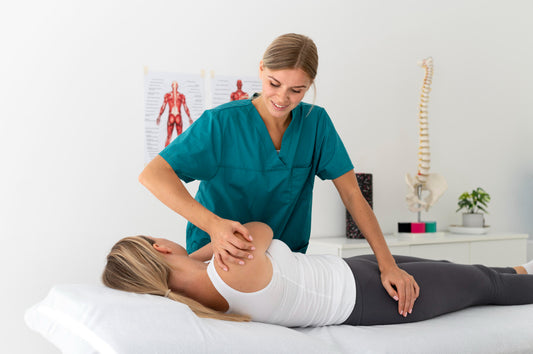What is meant by balance?
The urban dictionary describes balance as an even distribution enabling someone or something to remain upright and steady.
In other words, balance is the ability to maintain equilibrium while carrying out daily activities. However, generally, by the age of sixty five, human beings starts to lose their balance and wobbling through life becomes quite a frequent scenario.
How can one check their balance?
Stand straight with your arms raised by your side, and lift one leg to waist level [six inches] by your knee and count to thirty. If you are successful in maintaining your balance and did not wobble then you are fine. However, if the wobbling ensues, then it is time to start work on it.
Why is balance important?
Aside from the fact that losing one’s balance and being prone to fall any and everywhere is quite a dangerous prospect. Despite of the dangers of falling somewhere hard and permanently injuring one’s self or a simple fall can, at times, turn fatal as well; it seems pretty weird stumbling through day to day activities. And there are only so many jokes one can endure at their own expense.
How to maintain one’s balance?
Your body as a whole is responsible for a lot of different things, balance is one of them. The three major sensory contributors responsible for maintaining balance are:
- Vision: gives you visual clues and pathways in order to avoid falls or tripping over hurdles.
- Nerve receptors: these receptors are filled with fluid, deep within the canals of the inner ear, which send balanced signals to the brain upon any sudden movements of the head.
- Proprioceptors: these are nerves embedded in muscles and tendons which inform the brain, of any movement on part of the body, to change position and maintain equilibrium.
Upon the malfunction of any of the above mentioned receptors, one’s balance can go haywire.
However, there is absolutely no need to worry if you are slowly noticing your lack of balance; it is something that can be maintained through time or even improved with time and by the help of exercise that keeps ones hips, knees, and ankles strong.
The six steps:
Following are the six basic ways / exercises that can help regain / maintain one’s balance:
- An unassisted stand: the most basic test and practice would be to stand unassisted. What one should do is find a straight back chair, sit without slouching, with a staring backbone posture, hands by one’s side. And then try and stand with the straight back, without any help, assistance from any other person, object, or your arms.
- Stand on one leg: a pretty straight forward exercise. Stand with a straight back, raise your leg via knee to forty five degrees and maintain position for five to ten seconds. Repeat the same exercise for each leg ten to fifteen times.
- Side step: take steps in random directions, where one feet is always either following the other in straight manner or in a crisscross fashion.
- Ankle pump: it is not unheard of, moreover, it is quite common for people to feel dizzy and lose their equilibrium / balance as soon as they get off of the bed first thing in the morning. The trick to it is not to stand as soon as you wake up, but sit at the corner of the bed and vigorously pump one’s ankles. This will provide a boost to the nerves present on the underside of the feet and reduce the chance of any mishap.
- Heel-to-toe walk: try and walk with the heel of the front foot touching the toe of the back foot as you take ten consecutive steps.
- Tai chi: try and enroll into a tai chi program which is excellent for balance.
A word of the wise: Once you have mastered balance with your eyes open, try and practice or perform exercises with closed eyes to truly check your equilibrium on the whole. However, stay safe and always keep a mattress, a chair, or someone close by to catch you if an incident occurs.







